Bizarre Old Ring With License To Kill
A. Sutherland - AncientPages.com - The ring wasn't always only a symbol of wealth, infinity, friendship and a magical talisman that protected from injuries and "the evil eye".
In ancient times, the ring was also a harbinger of doom, the envy of the gods or a bad omen.
In some cultures, a ring that stored a strong poison enabled to commit suicide in critical situations. This method - used for this purpose - was already known in antiquity.

After been given orders to surrender, Hannibal was determined not to fall into his enemies' hands and he met his fate at Libyssa located on the eastern shore of the Sea of Marmara, the inland sea, entirely within the borders of Turkey
Most probably the earliest recorded use of these bizarre artefacts (later functioning also as jewelry) was a poison ring of Hannibal (247-183/182/181 BC). Among many others, the Carthaginian general Hannibal committed suicide by consuming poison from his ring he wore constantly.
After been given orders to surrender, Hannibal was determined not to fall into his enemies' hands and he met his fate at Libyssa located on the eastern shore of the Sea of Marmara, the inland sea, entirely within the borders of Turkey.
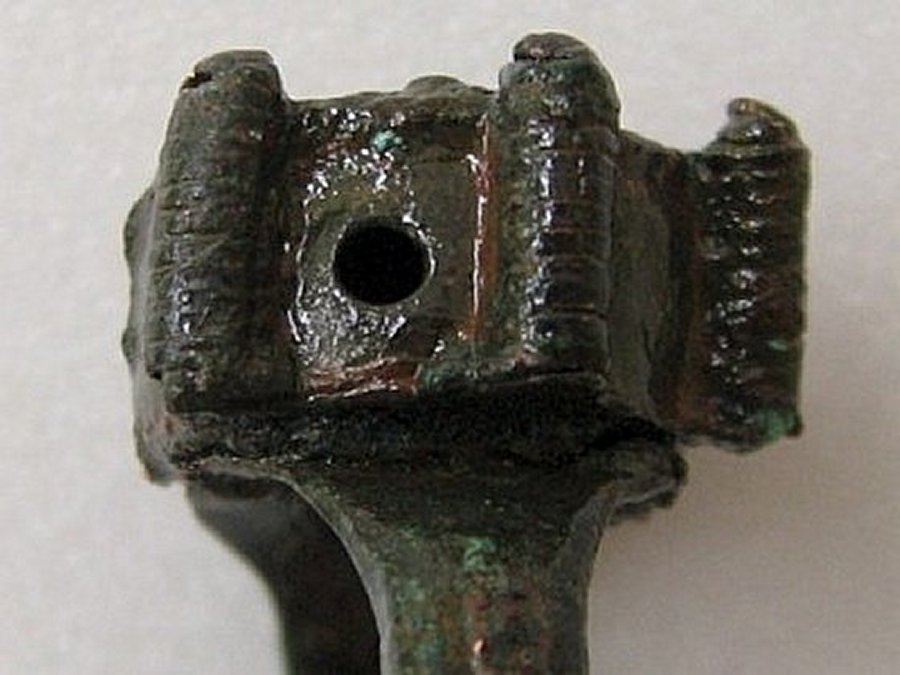
Although poison rings date from ancient Roman times, they were also frequently used in the 16th and 17th centuries.
The Greek orator of ancient Athens, Demosthenes (384-322 BC) also threatened with death in the horrible tortures, took sanctuary in Poseidon's sanctuary on the island of Calauria, Greece and used such a ring to commit suicide.
Although poison rings date from ancient Roman times, they were also frequently used in the 16th and 17th centuries.
They were not only used as an easy means of escape from torture, capture, slavery or death. Later these rings gained a special power to kill because they became an instrument of murder.
The wearer of a poison ring could also slip poison into an enemy's drink or food, if necessary.
This type of jewelry originally came from the Far East and India but was also very popular during 16th century in Europe.
Did the famous Borgia family use poison rings to gain an enormous power in Italy during the late fifteenth and early sixteenth centuries?
It's known that the Borgia family members had many enemies and were suspected of many crimes including poisoning. Cesare Borgia, a member of the Borgia family, showing no pity or compassion for others, wore a lion-headed ring at all times.
They are traditionally associated with the poison rings; enemies died frequently around Borgia, especially at dinner parties.
The lion ring of Cesare Borgia contained a terrible poison that killed in a matter of seconds.
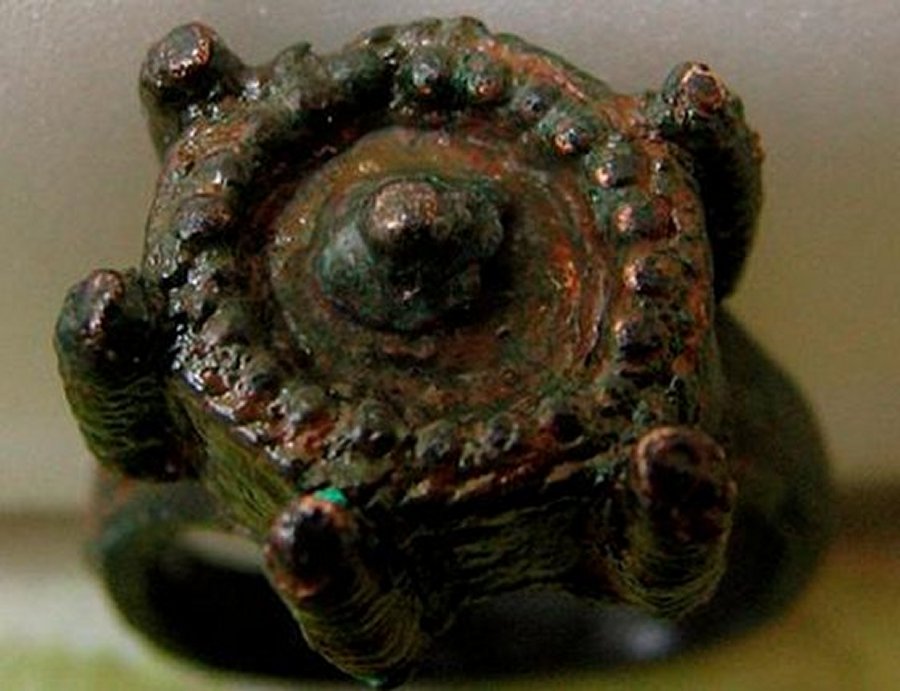
Such ring it could have been the secret weapon used in several 14th century by politically-motivated murders, however, it wasn't worn constantly and would have been put on when necessary.
However scholars are uncertain whether any of still existing poison rings can be traced to them.
A few months ago, archaeologists digging at the ruins of the medieval fortress on Cape Kaliakra, near the town of Kavarna on the Bulgarian Black Sea coast, found a well-preserved poison ring.
This bronze, finely crafted ring - meant for a male and most likely worn on the little finger - is even older because it's dated to 14th century.
According to Boni Petrunova, the deputy director of the National Archaeology Institute and Museum in Sofia, the find is the first of its kind not just at Kaliakra, but anywhere in Bulgaria.
“It’s a unique ring,” Petrunova said. “I have no doubts that the hole is there on purpose and the ring was worn on the right hand, because the hole was made in such a way so as to be covered by a finger, thus the poison could be dropped at a moment’s notice.”
The ring features a round, hollow cartridge decorated with granulation and an artificial hole.
Indeed, it could have been the secret weapon used in several 14th century by politically-motivated murders, however, it wasn't worn constantly and would have been put on when necessary.
It would solve many of the unexplained deaths among nobles and aristocrats close to Dobrotitca,” according to Petrunova.
This medieval bronze poison ring probably helped many times to get rid of unwanted individuals - in a convenient way.
Written by – A. Sutherland AncientPages.com Staff Writer
Copyright © AncientPages.com All rights reserved. This material may not be published, broadcast, rewritten or redistributed in whole or part without the express written permission of AncientPages.com
Expand for references
More From Ancient Pages
-
 On This Day In History: Tunguska Explosion: Mysterious And Ferocious Impact In Remote Siberia – On June 30, 1908
News | Jun 30, 2016
On This Day In History: Tunguska Explosion: Mysterious And Ferocious Impact In Remote Siberia – On June 30, 1908
News | Jun 30, 2016 -
 What Was It Like To Be A Student In The Middle Ages?
Ancient History Facts | Jun 6, 2019
What Was It Like To Be A Student In The Middle Ages?
Ancient History Facts | Jun 6, 2019 -
 Only One In Four Western Roman Emperors Died Of Natural Causes
Archaeology | Oct 15, 2021
Only One In Four Western Roman Emperors Died Of Natural Causes
Archaeology | Oct 15, 2021 -
 Dendra Armor – 3,500-Year-Old Mycenae Armor Was Suitable For Extended Combat
Archaeology | May 22, 2024
Dendra Armor – 3,500-Year-Old Mycenae Armor Was Suitable For Extended Combat
Archaeology | May 22, 2024 -
 Spells, Charms, Erotic Dolls: Love Magic In The Ancient Mediterranean
Featured Stories | Oct 24, 2022
Spells, Charms, Erotic Dolls: Love Magic In The Ancient Mediterranean
Featured Stories | Oct 24, 2022 -
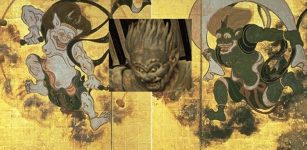 Raijin: Shinto God Of Thunder And Lightning With Three Fingers Representing Past, Present And Future
Featured Stories | Feb 10, 2020
Raijin: Shinto God Of Thunder And Lightning With Three Fingers Representing Past, Present And Future
Featured Stories | Feb 10, 2020 -
 Saturnalia Feasts In Roman Empire
Ancient History Facts | Jun 30, 2018
Saturnalia Feasts In Roman Empire
Ancient History Facts | Jun 30, 2018 -
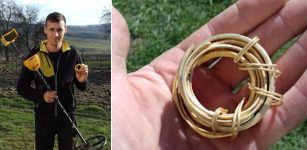 7 Magnificent Thracian Gold Bracelets Found In Romanian Forest By Amateur Archaeologist
Archaeology | May 23, 2023
7 Magnificent Thracian Gold Bracelets Found In Romanian Forest By Amateur Archaeologist
Archaeology | May 23, 2023 -
 Maximilien de Robespierre: A True Revolutionary Man Or A Madman?
Featured Stories | Dec 22, 2015
Maximilien de Robespierre: A True Revolutionary Man Or A Madman?
Featured Stories | Dec 22, 2015 -
 Why Did Vikings Hide A Precious Silver Treasure Under The Thralls’ House?
Archaeology | Sep 18, 2024
Why Did Vikings Hide A Precious Silver Treasure Under The Thralls’ House?
Archaeology | Sep 18, 2024 -
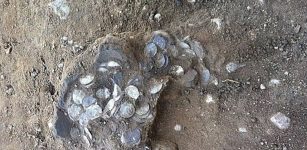 Viking Age silver coins unearthed in Jutland
Artifacts | Aug 27, 2015
Viking Age silver coins unearthed in Jutland
Artifacts | Aug 27, 2015 -
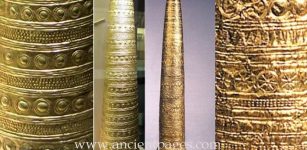 Mystery Of 3,000-Year-Old Conical Hats – Was It A Highly Advanced Device?
Artifacts | Jun 20, 2020
Mystery Of 3,000-Year-Old Conical Hats – Was It A Highly Advanced Device?
Artifacts | Jun 20, 2020 -
 Lifestyle And Face Of 7th-Century Anglo-Saxon Teen – Reconstructed
Archaeology | Jun 20, 2023
Lifestyle And Face Of 7th-Century Anglo-Saxon Teen – Reconstructed
Archaeology | Jun 20, 2023 -
 Geri And Freki: Two Wolves ‘Greedy’ And ‘Ravenous’ Were Loyal Companions Of Odin In Norse Beliefs
Featured Stories | Feb 8, 2019
Geri And Freki: Two Wolves ‘Greedy’ And ‘Ravenous’ Were Loyal Companions Of Odin In Norse Beliefs
Featured Stories | Feb 8, 2019 -
 Balkanatolia: Existence Of A Long-Forgotten Continent Discovered
Archaeology | Mar 1, 2022
Balkanatolia: Existence Of A Long-Forgotten Continent Discovered
Archaeology | Mar 1, 2022 -
 Battle Of Visby – Death Came With King Atterdag’s Ships
Featured Stories | Jul 27, 2022
Battle Of Visby – Death Came With King Atterdag’s Ships
Featured Stories | Jul 27, 2022 -
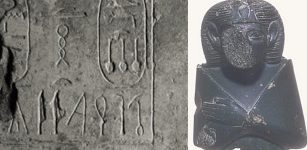 Sobekneferu: First Female Pharaoh In Ancient Egypt
Featured Stories | Mar 9, 2019
Sobekneferu: First Female Pharaoh In Ancient Egypt
Featured Stories | Mar 9, 2019 -
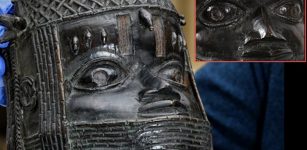 Benin Bronze Sculpture Looted By British Soldiers In Nigeria – Returns Home
Archaeology | Apr 2, 2021
Benin Bronze Sculpture Looted By British Soldiers In Nigeria – Returns Home
Archaeology | Apr 2, 2021 -
 Controversial Study Of Ancient DNA Could Re-Write History Of South Florida And Prove Humans And Huge Prehistoric Animals Co-Existed
Archaeology | Sep 23, 2014
Controversial Study Of Ancient DNA Could Re-Write History Of South Florida And Prove Humans And Huge Prehistoric Animals Co-Existed
Archaeology | Sep 23, 2014 -
 Mysterious Unknown Caves And Tunnels Discovered Beneath The Olsztyn Castle
Archaeology | Jul 31, 2020
Mysterious Unknown Caves And Tunnels Discovered Beneath The Olsztyn Castle
Archaeology | Jul 31, 2020

